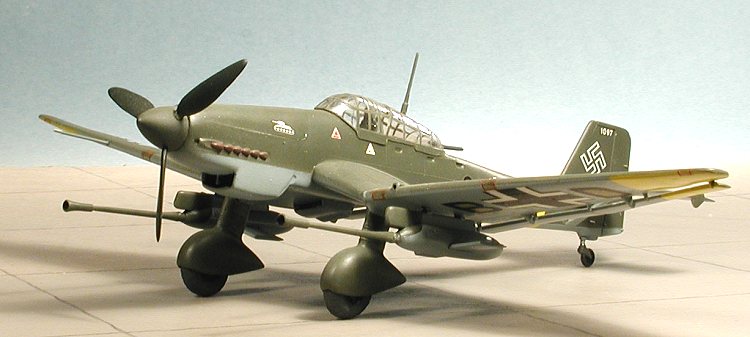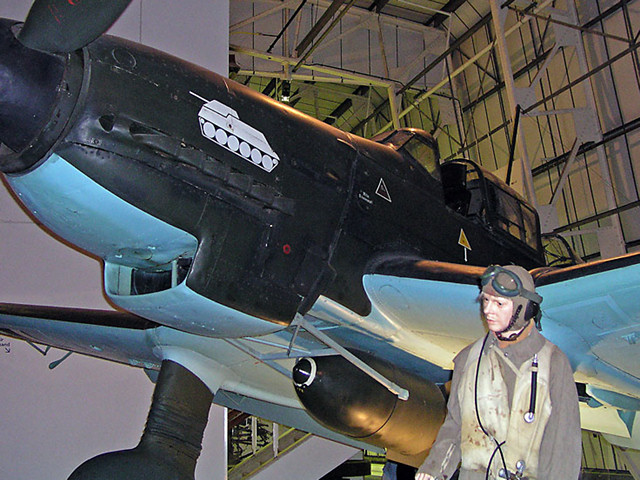

The fighting experience in Finland eliminated any doubt about the future of the SMK or T-100, although Kotin still received permission to start work on a heavily modified SMK, the SMK-2, which was never completed. The broken down SMK was photographed by the Finns and the German information service mistakenly identified it as T-35C. Even before the end of the battle trials in Finland, the Defense Council designated the KV as the new heavy main battle tank and began planning its production.ĭuring the fighting in Finland one of the KV prototypes was damaged and the SMK was disabled when it rolled over a larger mine. With the outbreak of the Winter War in Finland, the prototypes were sent to the front for experimental combat trials with the 20th Heavy Tank Brigade, a unit otherwise equipped with T-28. The OKMO design for the heavy tank was the T-100 ‘Sotka’, here at the 20th heavy tank brigade at the field test in Finland.

Not surprisingly, the KV prototypes were much better than the SMK or T-100 in the driving tests. In September 1939 the prototypes were sent to the NIIBT in Kubinka for trials and demonstrations to leading party and army members. But the F-32 was not finished in time and so the L-11 was installed in its place. The SMK was equipped with the L-11 76.2 mm gun developed at the Kirowskiy factories, while the KV was to be armed with a more powerful F-32 76.2 mm gun developed by the Grabin team of the Zavod No 92 factory in Gorki. However, since there were not enough available, the SMK used an AM aircraft engine. Both the SMK and the KV were to be driven by the new V-2 diesel engines from the Kharkov diesel plants (Zavod No 75). The first SMK prototype was completed in August together with a prototype for the KV.
Tank buster ww2 series#
The first series of KV tanks still had the L-11 gun because of the delays on the F-32 and also did not have the rear MG in the turret.

The first prototype of the T-100 was completed in May 1939, while work continued on a second. Each had a main turret with a 76.2 mm gun on a high ring and in front of it a smaller, lower turret with a 45 mm gun. This design was called KV tank, after Stalin’s personal friend Klimenti Voroshilov, who was War Minister at the time.īasically T-100 and SMK were similar in appearance. Kotin and his team were still disturbed by the archaic appearance of the tank with two turrets and secured Stalin’s permission to develop another version of the SMK tank with only one turret. The proposals were then presented at a special meeting of the Central Committee of the Communist Party in August 1938, where they were approved.

Kotin’s presentation was critical vs the three-turret concept, which provoked Stalin to go to one of the models and demolish one of the smaller turrets and exclaim: ‘Why should a tank become a department store?’Īfter this presentation, both offices revised the plans into a tank with only two turrets. In May 1938, at a special session of the Soviet Defence Council, the designs of the OKMO team, known as the T-100 ‘Sotka’, and the SMK (for S M Kirow) of the Kotin development team were presented. The specification for the heavy tank required a ‘anti-tank gun destroyer’ with 5 turrets (!) and sufficient armor to withstand the 37mm anti-tank gun at any distance and the 76.2 mm gun at distances over 1,300 yards (1,200 meters).īoth teams were against the idea of building a tank with 5 turrets, so the number was reduced to three before the serious work began. His team included the veteran Russian tank designer, N Tsiets, who was already responsible for the T-28 and T-35 heavy tanks, and several talented younger engineers such as N Dukhov, A Yermolayev and N Shashmurin. Kotin had been one of Tukhachevsky’s protégés, but had survived the purges and was the head of the development office of the Academy of Motorization and Mechanization (AMM) in Moscow before his new assignment in Leningrad. One of them was Barykov’s OKMO at the tank factory Zavod No 185 in Leningrad as well as a new team which was leaded by Lieutenant Colonel Zh Kotin in the Kirowskiy factory also located in Leningrad. Since 1938 this new heavy tank has been developed by two competing teams.


 0 kommentar(er)
0 kommentar(er)
